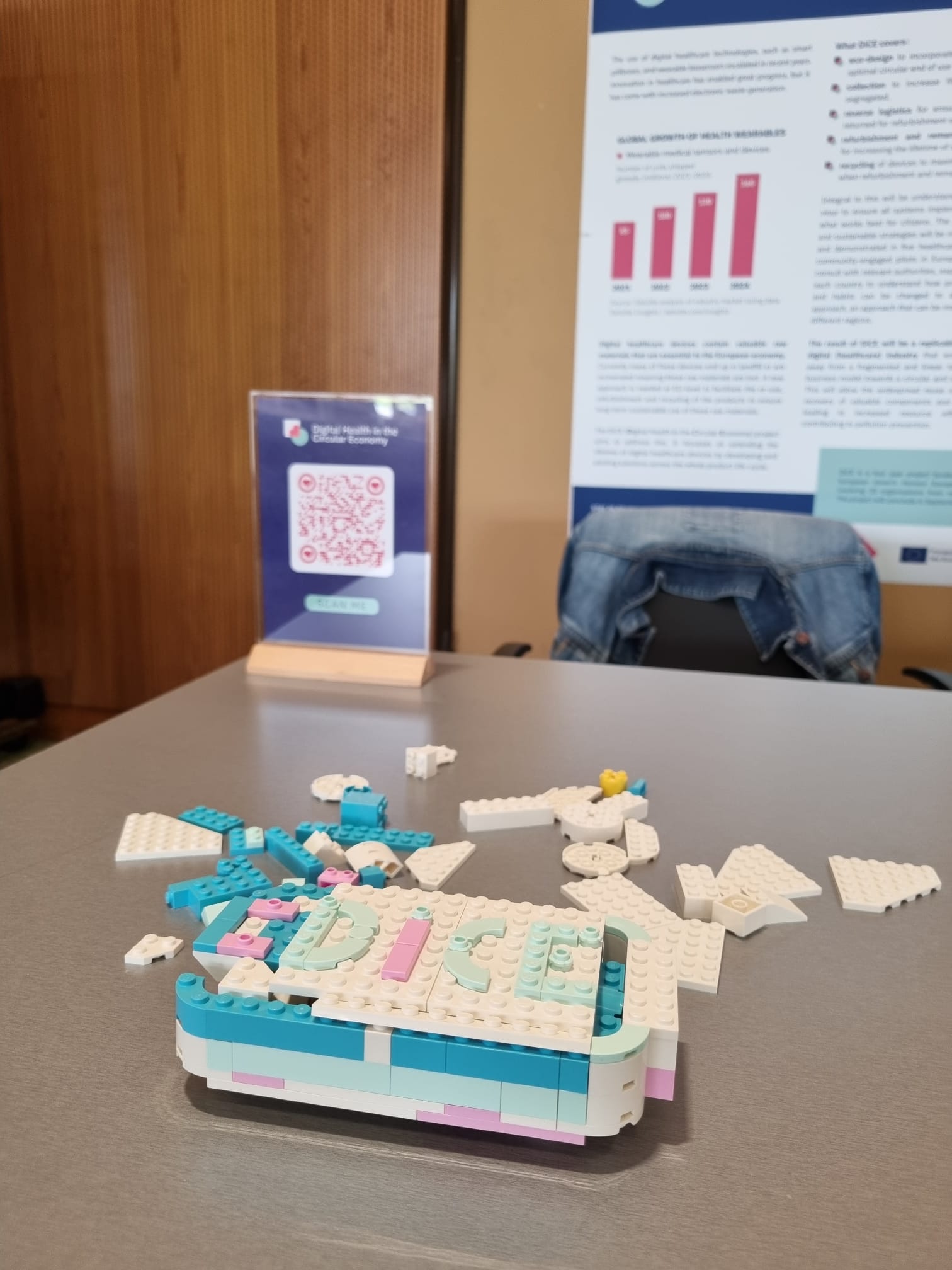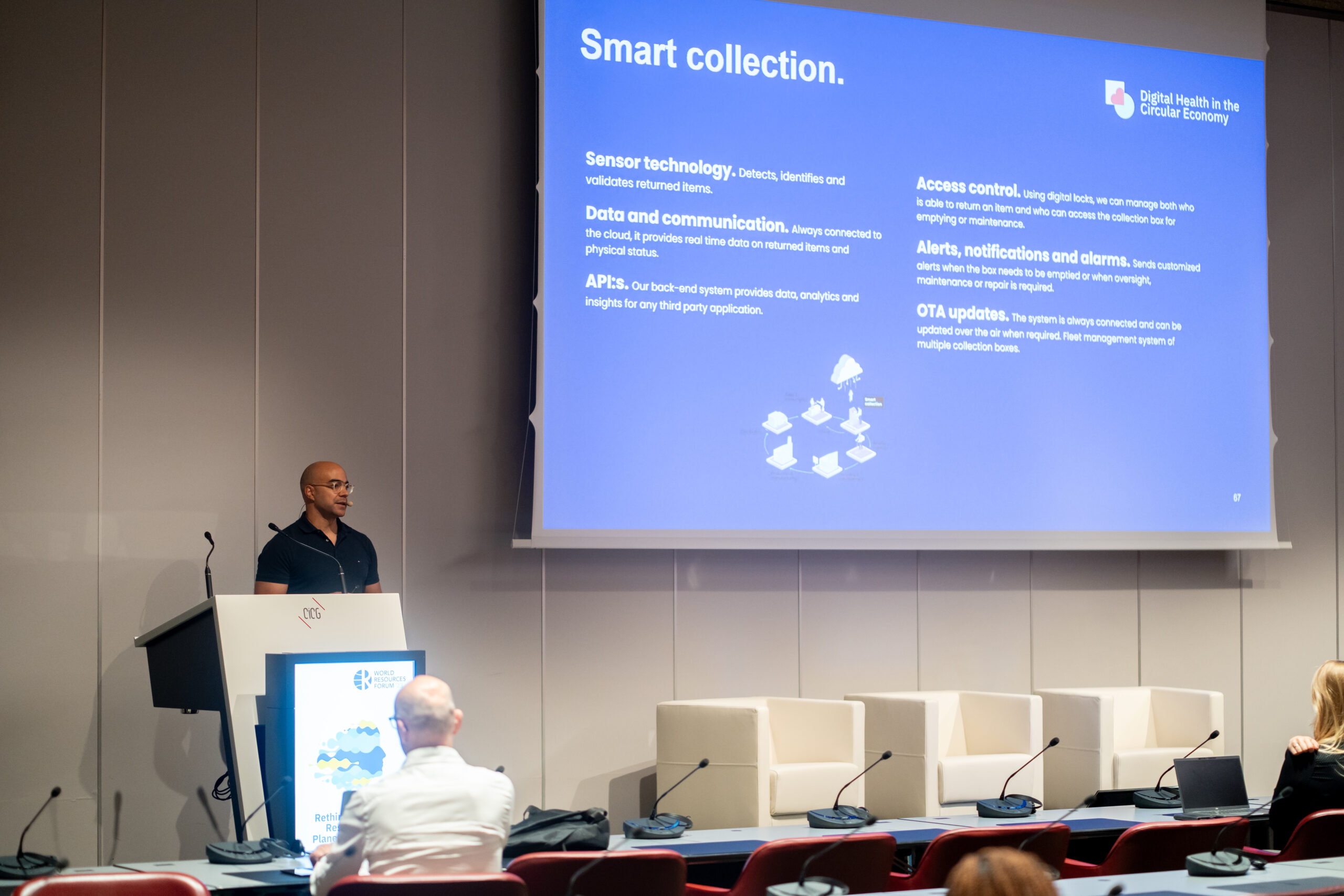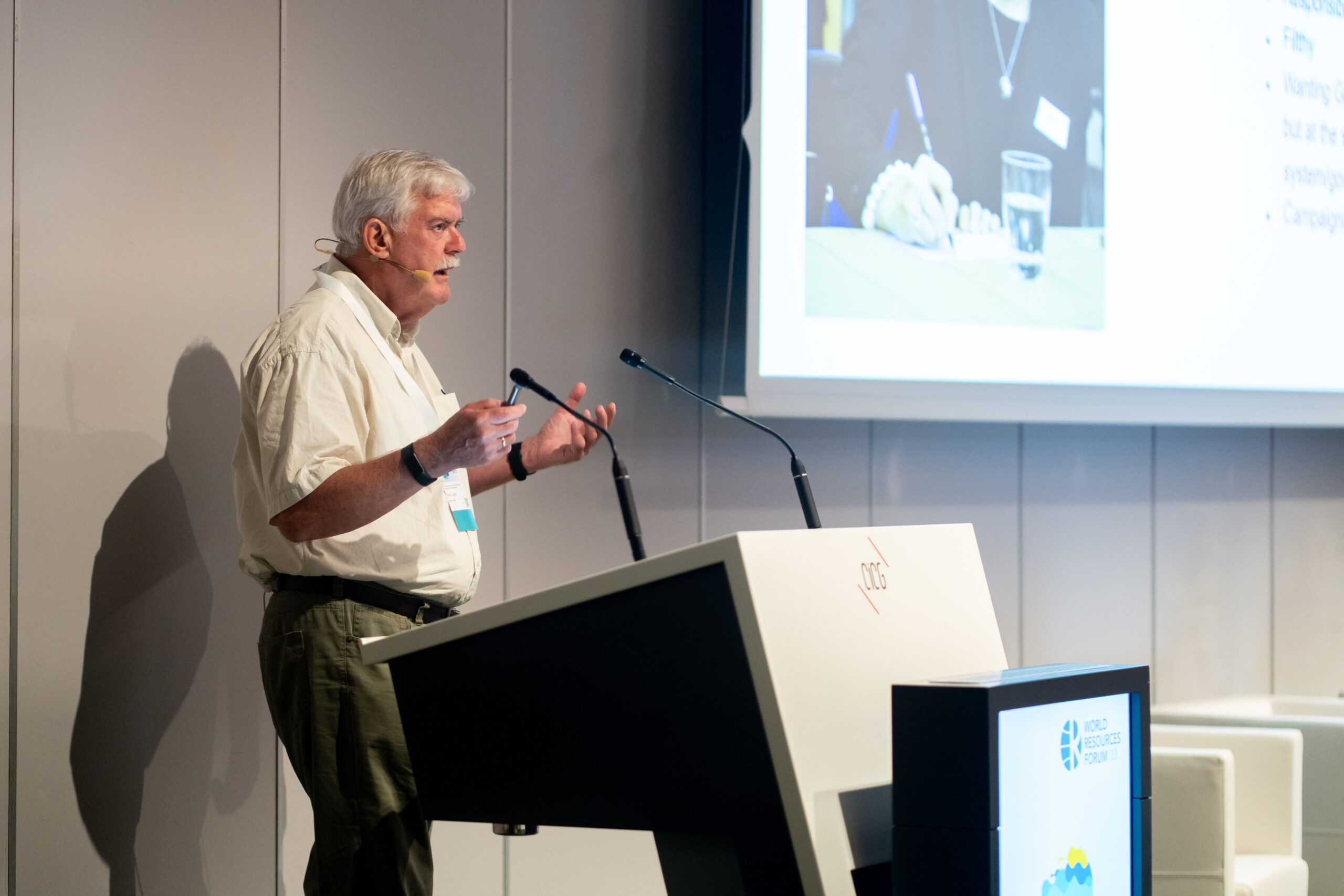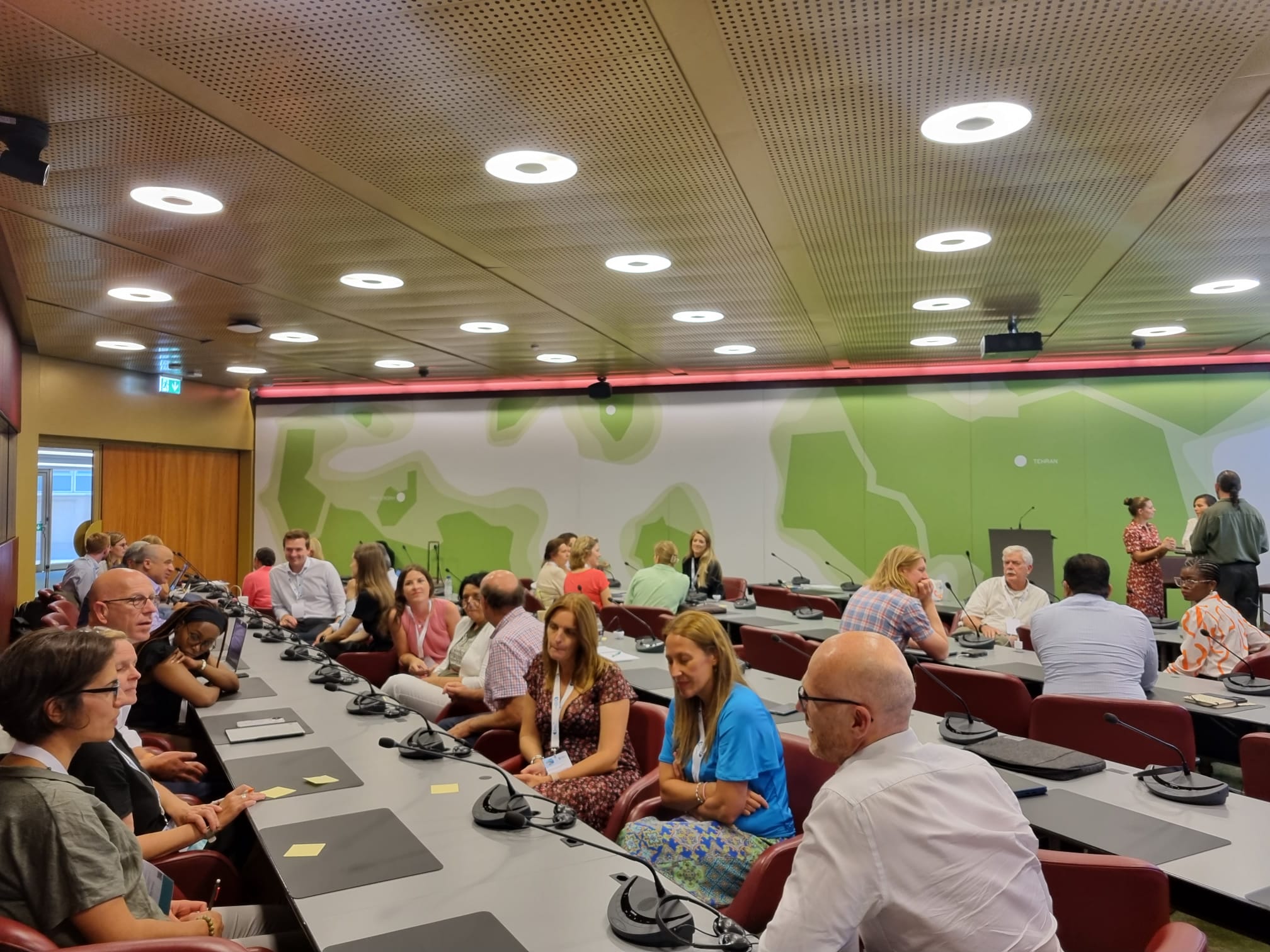Brought to you by Camille Rønn from IT University of Copenhagen & Daniel Fürstenau from Freie Universität Berlin
The growing interest in circular business models has led numerous global sectors, including furniture (e.g. IKEA), healthcare (e.g. Philips), consumer electronics (e.g. Apple), and apparel (e.g. H&M), to implement circular principles into their product-service offerings and operations. The primary goal of adopting a circular business model is to minimise environmental impact while simultaneously creating financial value. For instance, Philips aims to generate 25% of their revenue from circular medical products in 2025.
However, despite their potential, circular business models are filled with paradoxes and trade-offs, that if not considered might undermine their intended benefits. As part of DiCE, we performed a large-scale interview study with 48 stakeholders in the healthcare industry and supplemented it with a literature review. From these studies, we would like to highlight three main paradoxes that illustrate the complexities and unintended impact of circular business models.
Paradox 1: Planned obsolescence in circular business models
Although many circular business models are based on an extension of product life, through e.g. reuse, repair, or recycling, there is a general consensus that products must be built for a fixed number of lifecycles – in other words, planned obsolescence. In healthcare, this expiry date is regulated to ensure patient safety. In other industries, such as consumer electronics, planned obsolescence is more implicit, where software updates and hardware compatibility issues guide customers toward buying new products. Companies thus follow circular principles by providing reuse or repair services while concurrently imposing pre-determined end-of-use dates. This contradictory tension creates a paradox of built-in limitations in the circular business model, driven by either mechanical, technological or regulatory factors.
Paradox 2: Achieving a circular business model on behalf of a circular ecosystem
Adopting a circular business model does not automatically equal to enabling a circular ecosystem. In the healthcare industry, most circular business models, are adopted in a controlled environment, where few specific partnerships are made in order to move towards circularity. For instance, Novo Nordisk established ReturPenTM which downcycles single-use insulin pens.
Some pioneers in scaled circular operations, such as Apple’s repair service, implement strategies that restrict rather than expand the circular ecosystem. Apple controls the repair ecosystem through several tactics:
- Exclusively dealing specialised component (such as screws) and repair equipment to licensed partners.
- Create software locks and unique serial numbers that create warnings when unrecognisable components are replaced such as by non-licensed repair shops. While this ensures Apple catches a larger share of the circular revenue, it does come at the expense of an open and collaborative circular ecosystem.
Paradox 3: Circularity for circularity’s sake
A common misconception is that following circular business models is always best for the environment. In reality, renting models can be more polluting than sale-per-unit models, due to additional transportation, and refurbishing models can be more polluting than new products due to high energy-intensive operations. It is therefore important for companies to make a case-by-case assessment rather than adopting a circular business model for its own sake. Information-based tools and analysis such as LCAs (life cycle analysis) are key in guiding this decision-making.
Moving forward
Circular business models have the potential to drive industries and their companies into more environmentally friendly ways of operating. However, they must do so while navigating the inherent paradoxes to make critical and informed decision-making.
Companies are urged to consider if and how they have planned obsolescence for their products in their business models, consider how their circular business models impact the establishment of a circular ecosystem, and whether their solution indeed tackles the core purpose of the circular economy, which is to reduce the environmental impact and resource consumption.







